What Is Advanced Persistent Threat (APT)? Understanding the Silent Cyber Menace
Updated on October 29, 2025, by Xcitium
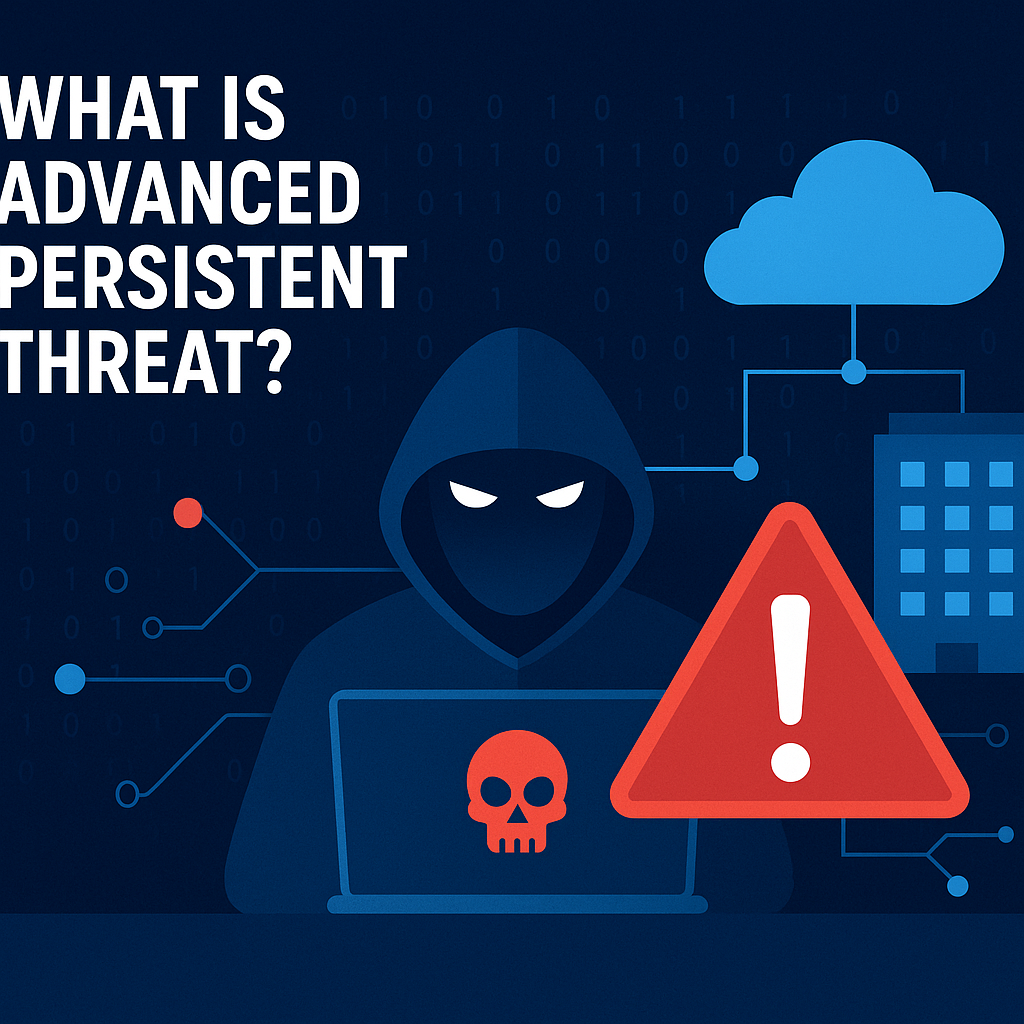
Have you ever wondered how hackers can stay inside an organization’s system for months — even years — without detection? That’s the terrifying power of an Advanced Persistent Threat (APT). Unlike a one-time cyberattack, APTs are stealthy, continuous, and highly strategic intrusions targeting large corporations, government agencies, and financial institutions.
In this blog, we’ll explore what is advanced persistent threat, how it operates, examples of APT attacks, and — most importantly — how you can defend your organization from them.
What Is an Advanced Persistent Threat (APT)?
An Advanced Persistent Threat is a prolonged, targeted cyberattack in which a hacker or group gains unauthorized access to a network and remains undetected for an extended period. Their goal isn’t just to steal data immediately but to monitor, gather intelligence, and exploit critical systems over time.
Unlike common malware, APTs are sophisticated, well-funded, and often state-sponsored, using custom-built tools to evade detection.
Key Characteristics of APTs
-
Advanced: Uses complex methods such as zero-day exploits and custom malware.
-
Persistent: Attackers maintain long-term access without triggering security alerts.
-
Targeted: Focused on specific organizations, sectors, or individuals.
How Do Advanced Persistent Threats Work?
APT attacks follow a multi-stage lifecycle, often lasting months or even years. Here’s how they typically unfold:
1. Initial Infiltration
Attackers gain entry using methods such as:
-
Phishing emails with malicious links or attachments.
-
Exploiting unpatched vulnerabilities.
-
Using stolen credentials.
2. Establishing a Foothold
Once inside, hackers install backdoors or remote access trojans (RATs) to maintain ongoing access.
3. Escalating Privileges
The attackers escalate permissions to gain control over critical systems, often using credential dumping or privilege escalation exploits.
4. Internal Reconnaissance
They explore the network, map data flows, and identify valuable assets such as trade secrets, financial records, or confidential communications.
5. Data Exfiltration
Sensitive data is gradually transferred out of the network — often encrypted to avoid detection.
6. Covering Tracks
The attackers delete logs, alter timestamps, and camouflage malware to remain invisible.
Real-World Examples of APT Attacks
1. APT1 (China)
One of the most famous cases, APT1 was a Chinese state-sponsored group that targeted U.S. corporations for years, stealing intellectual property and strategic data.
2. Stuxnet Worm
Believed to be developed by the U.S. and Israel, Stuxnet targeted Iran’s nuclear facilities, marking one of the earliest known cyber weapons.
3. SolarWinds Attack (2020)
A sophisticated supply-chain APT where attackers infiltrated thousands of organizations by compromising a trusted software update.
Why Are APTs So Dangerous?
APTs are not just data breaches — they are continuous espionage operations. Here’s why they’re especially damaging:
-
Long-term infiltration: Attackers stay hidden for months before discovery.
-
Intellectual property theft: Stealing innovations, patents, and trade secrets.
-
Financial losses: Direct theft or reputational damage can cost millions.
-
Erosion of trust: Clients lose faith when an organization can’t secure data.
How to Protect Against Advanced Persistent Threats
Cyber defense against APTs requires layered, proactive security — combining technology, monitoring, and training.
1. Implement Network Segmentation
Limit attacker movement by dividing systems into secure zones with strict access controls.
2. Use Endpoint Detection and Response (EDR)
An EDR tool like Xcitium continuously monitors devices for unusual activity, helping identify threats early.
3. Enforce Multi-Factor Authentication (MFA)
Even if credentials are compromised, MFA adds an essential security layer.
4. Regularly Patch and Update Software
Outdated software often provides easy entry points for attackers.
5. Conduct Threat Hunting
Regular proactive searches for hidden threats within your systems can help detect APTs before they cause harm.
6. Employee Cyber Awareness Training
Human error is often the weak link. Training your staff to recognize phishing attempts is critical.
Advanced Persistent Threat Detection Techniques
Modern cybersecurity solutions use AI and automation to detect APTs early. These include:
-
Behavioral Analytics: Detects unusual activity patterns.
-
Intrusion Detection Systems (IDS): Alerts when unauthorized access occurs.
-
Deception Technology: Sets digital traps (honeypots) for attackers.
-
Security Information and Event Management (SIEM): Correlates and analyzes logs from across your network for threat indicators.
APT Prevention Best Practices
1. Adopt a Zero Trust Architecture
Assume every user or system is untrusted until verified.
2. Encrypt Sensitive Data
Even if attackers gain access, encryption makes stolen data useless.
3. Monitor Network Traffic
Use anomaly detection tools to spot unusual data transfers.
4. Regular Penetration Testing
Simulate attacks to uncover vulnerabilities before criminals exploit them.
5. Partner with a Managed Security Service Provider (MSSP)
A Managed Security Service ensures 24/7 monitoring, expertise, and fast response to threats.
The Role of Xcitium in Detecting APTs
Xcitium is a powerful, enterprise-grade endpoint detection and response solution designed to identify and neutralize advanced threats like APTs in real time.
Key Benefits:
-
Continuous behavioral analysis.
-
Real-time endpoint visibility.
-
Automatic isolation of infected devices.
-
Cloud-native analytics for faster detection and remediation.
👉 Protect your organization now — Get Started with Xcitium.
Conclusion
Understanding what is advanced persistent threat is crucial for any business serious about cybersecurity. APTs represent the highest level of digital warfare — precise, stealthy, and devastating if ignored.
By combining AI-powered detection, employee training, and layered defenses, you can drastically reduce your organization’s risk of falling victim to one.
FAQs About Advanced Persistent Threats
1. What is an example of an Advanced Persistent Threat?
A classic example is the SolarWinds APT attack, where hackers infiltrated major corporations and government agencies through compromised software updates.
2. How do APT attacks differ from regular cyberattacks?
Regular attacks are often short-term or opportunistic, while APTs are long-term, strategic, and highly targeted.
3. Who carries out APTs?
APTs are typically launched by nation-states, organized cybercriminals, or hacktivist groups.
4. Can small businesses be targets of APTs?
Yes. While large enterprises are prime targets, smaller firms with weak defenses can serve as entry points into larger supply chains.
5. How can I protect my business from APTs?
Use EDR solutions, maintain updated systems, employ Zero Trust principles, and educate your employees on phishing prevention.




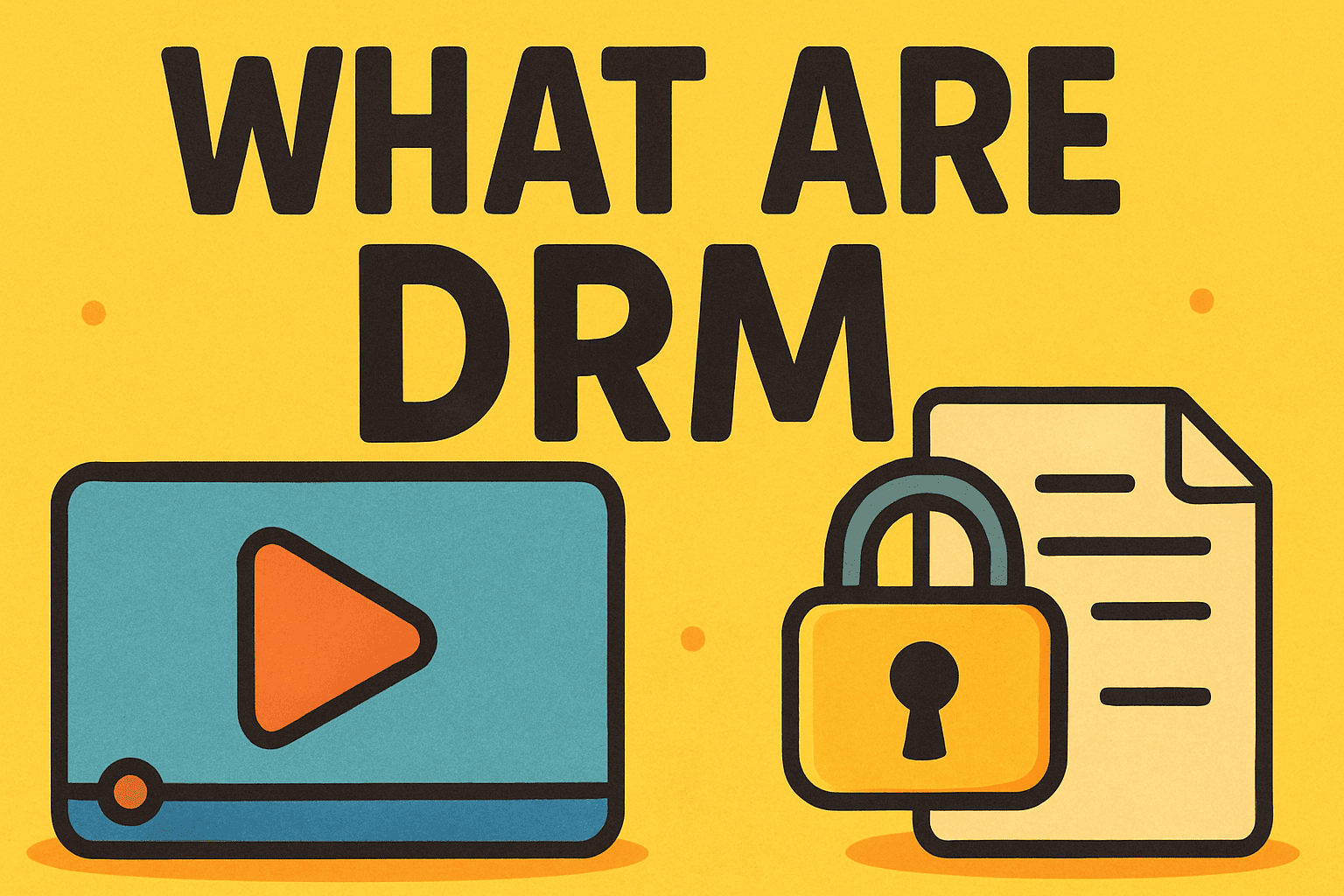

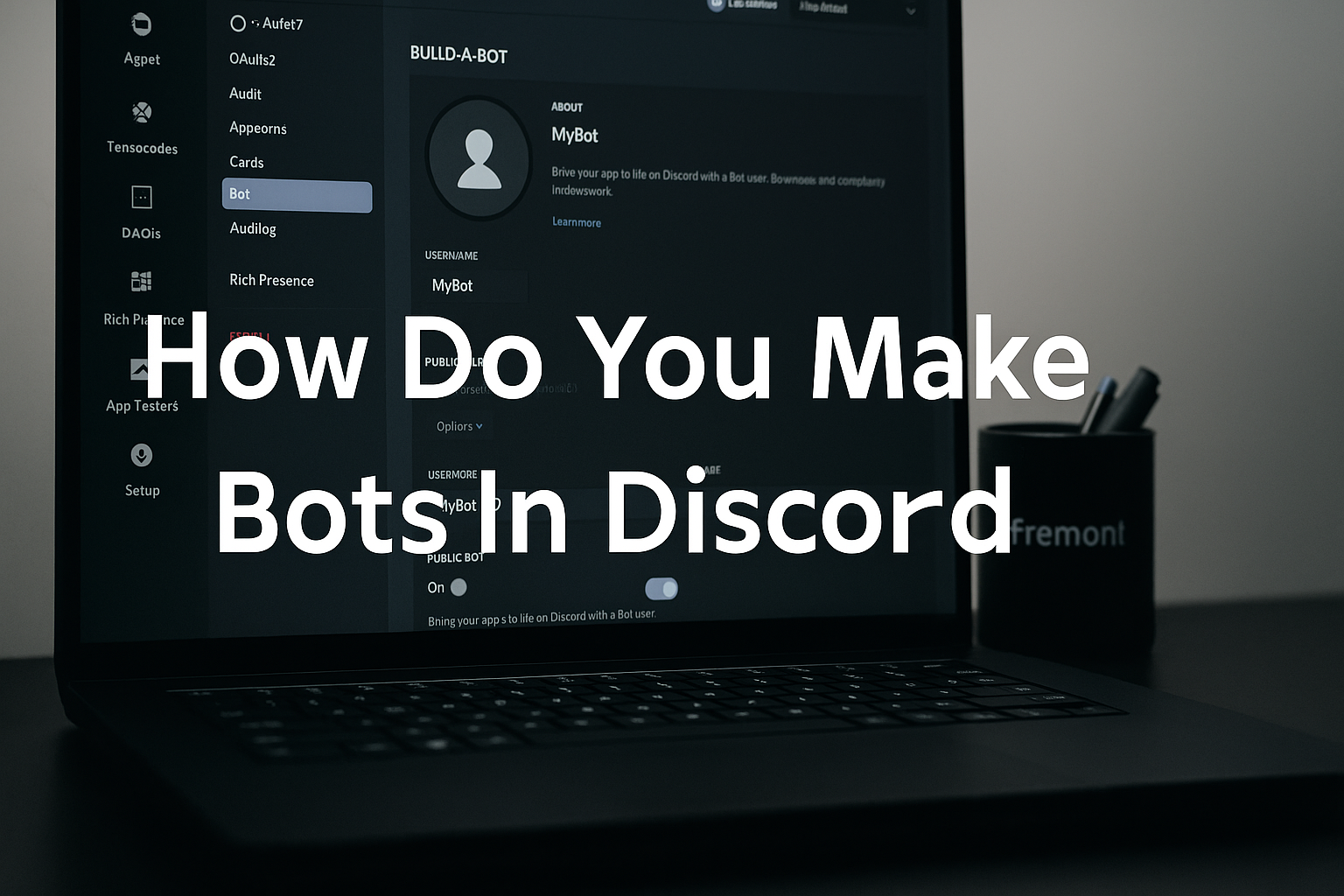
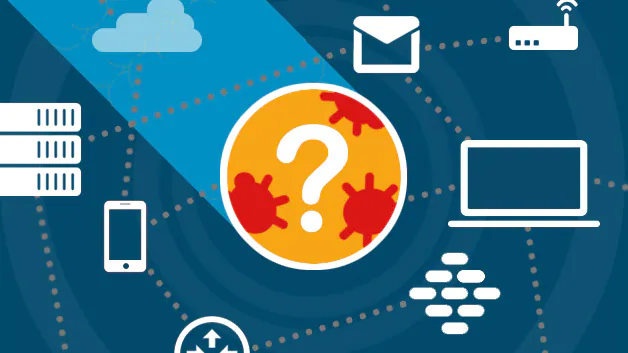



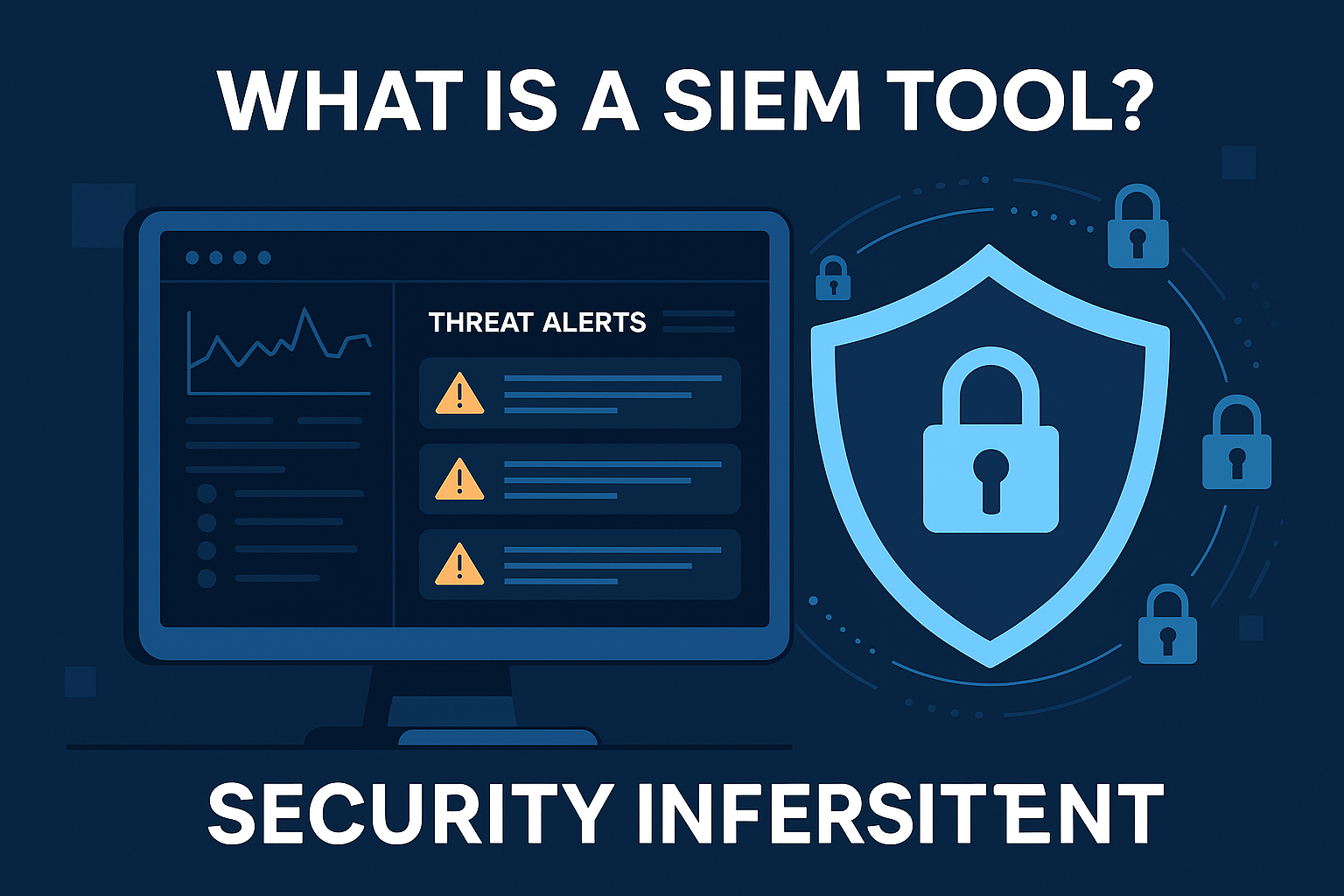
![what is wireless lan]](https://www.xcitium.com/blog/wp-content/uploads/2025/07/what-is-wireless-lan.png)

